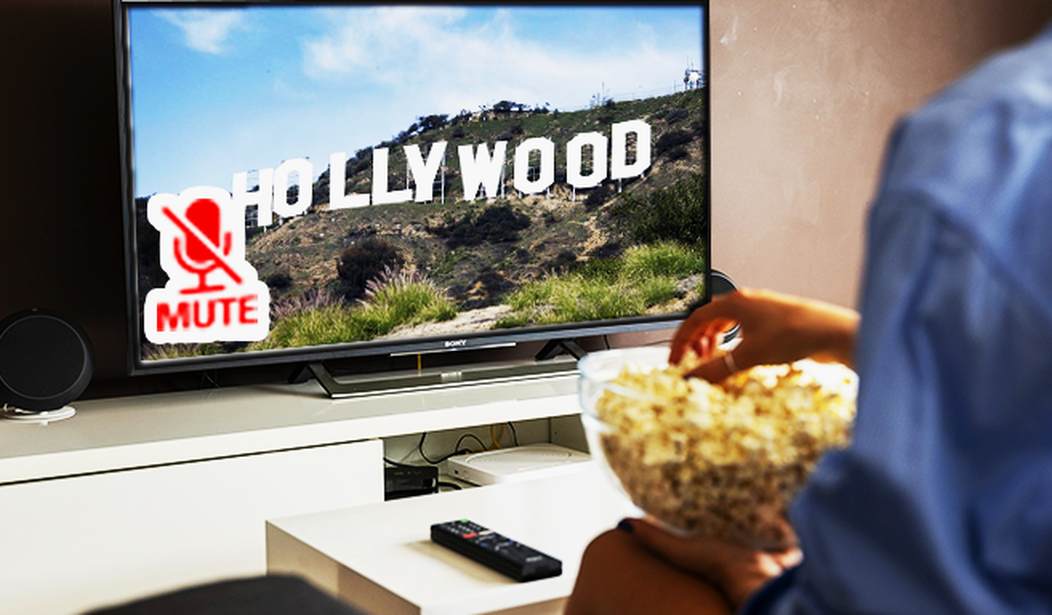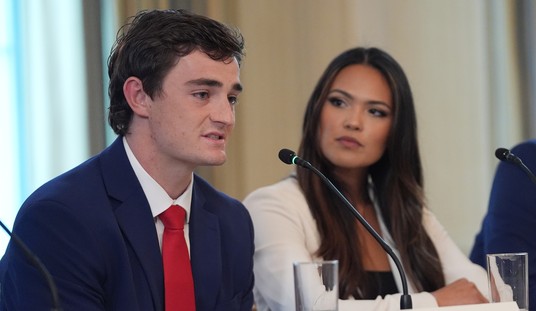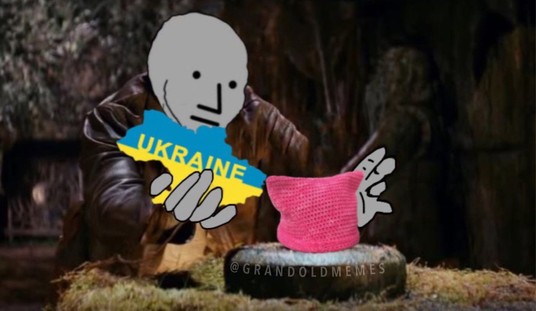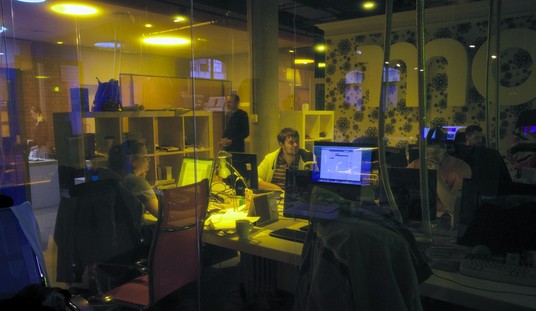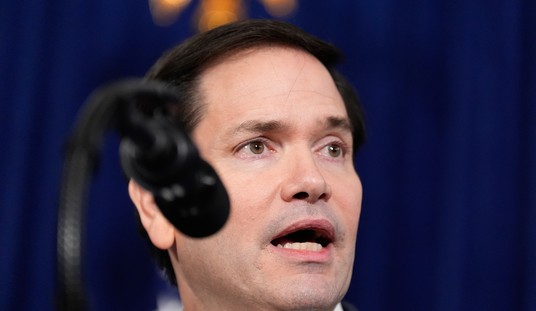Hollywood keeps asking why audiences aren’t showing up to theaters anymore—but maybe they’re asking the wrong question. It’s not that people don’t want original stories or big-screen experiences. It’s that the studios have forgotten how to earn their audience’s trust—and their time. When even the most celebrated animation studio can’t draw a crowd for something new, it’s a sign of deeper problems the industry doesn’t want to face.
Take Pixar’s latest original film, “Elio.”
It bombed at the box office with just $35 million worldwide—a historic low for the once-great studio. Though billed as the kind of fresh, non-franchise content fans have been asking for, audiences didn’t show up, and Pixar’s response was to blame them for the failure. In a now-notorious Instagram video, the studio scolded fans for not supporting original stories. But the backlash was swift, with viewers pointing out what they thought the real issue was: poor marketing and a lack of buzz.
But there’s another factor that I don’t think has been considered. I saw the trailer for “Elio” and didn’t find myself excited by it, so I figured that if I’m already paying for a Disney+ subscription, I can wait until it becomes available for streaming. And these days, you don’t even have to wait very long to watch new movies at home. When I was a kid in the '80s, if you wanted to watch a movie at home, you had to wait—sometimes up to a year—for it to show up on VHS. Hollywood dragged out the timeline to milk every last dollar from the box office before tossing a bone to the home video market.
Fast forward to today, and that gap has all but vanished. I’ve seen DVD/Blu-ray pre-orders for movies that were still in theaters at the time. Studios now shove movies onto digital platforms mere weeks after they hit theaters—and I swear sometimes movies have been released in theaters and on streaming on the same day. What used to be a slow drip of content has turned into a firehose.
ICYMI: Can Trump Deport Zohran Mamdani?
In short, there’s just not much incentive to go to the movies anymore. I went to see “Jurassic Park” in the theater as a kid twice because that was the only way you could see it for a long time. These days, there aren’t many movies I’d pay to see once, let alone twice, when I can just wait a few minutes for it to be on one of the streaming services I subscribe to, or just purchase it for far less than it would cost to see it in the theater.
And let’s be honest: For families still feeling the financial pinch from the Biden years, the cost of tickets and concessions alone can be a dealbreaker. Don’t get me wrong—I’m all for a family night out at the theater. Heck, after the Covid lockdowns, going to the theatre felt like an experience again. But things are back to normal now, and with the gap between theatrical and home release now shorter than ever, the calculus has changed. Why shell out a small fortune when I can enjoy a near-theatrical experience in my own living room? Between the big screen, surround sound, and the absence of noisy strangers, staying home often feels like the better option.
If Hollywood wants to stop bleeding audiences, the solution isn’t to berate moviegoers, it’s to give them a reason to come back—and not by releasing more sequels.
Start with fixing the obvious: Stretch the theatrical window again. If a film hits streaming a month after release, people will wait it out. Period.
Next, studios need to stop relying on lazy marketing strategies and actually promote these so-called “original” films like they matter. Don’t just invest in marketing remakes and sequels.
And if they want families to show up in force, the business has to adapt. The nostalgia and magic of going to the movies are still there, but the studios have done everything possible to make it feel unnecessary. If they want to save the box office, it’s time they stop blaming audiences and start earning them back.



